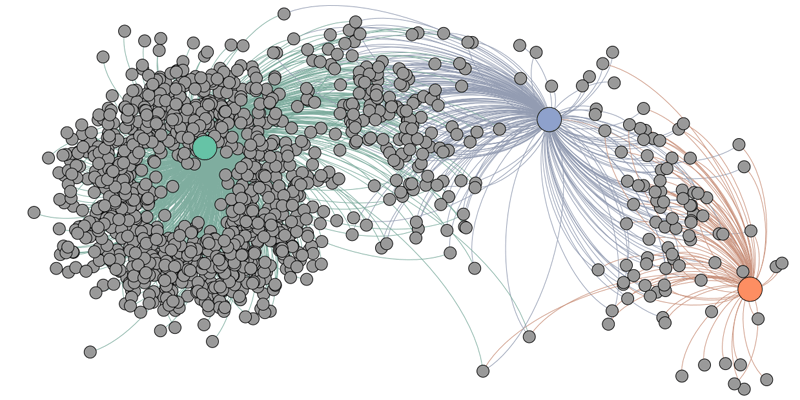Abstract
Some misunderstanding is inevitable in any interdisciplinary work, and recognizing and handling misunderstanding quickly is vital to the success of a collaboration. Many misunderstandings arise from what appears to be common knowledge to a domain scientist, but is not something that a computer scientist would think to ask about. The use of experimental visualization as an inter-collaboration communication tool can highlight these important misunderstandings that would otherwise severely impair the collaboration.
Visualization itself, however, is a powerful tool; if used carefully it can open doors to understanding and discovery, but it can also control, warp, or even limit how a visualization designer (and consequently a scientist) thinks about a problem. A willingness to abandon erroneous designs and even systems, regardless of the effort involved in creating and understanding them, is also very important for such a collaboration.
This case study of data exploration via experimental visualization is in the space of next-generation sequencing data. For most of the history of genetics, the main bottleneck in the rate of discovery has been the difficulty in obtaining data. Next generation sequencing is a relatively new technology that allows biologists a way to obtain genetic data at a fraction of the cost and unprecedented speedscompared to conventional sequencing. With the advent of NGS data, the bottleneck has shifted from the burden of data acquisition to the analysis of huge amounts of data.
Citation
Alex Bigelow
Driving Genetics With Experimental Visualization
Advisors: Miriah Meyer
University of Utah, Bachelor Thesis, May 2012.
BibTeX
@bachelorthesis{2012-thesis-bigelow,
title = {Driving Genetics With Experimental Visualization},
author = {Alex Bigelow},
school = {University of Utah},
month = {May},
year = {2012}
}
